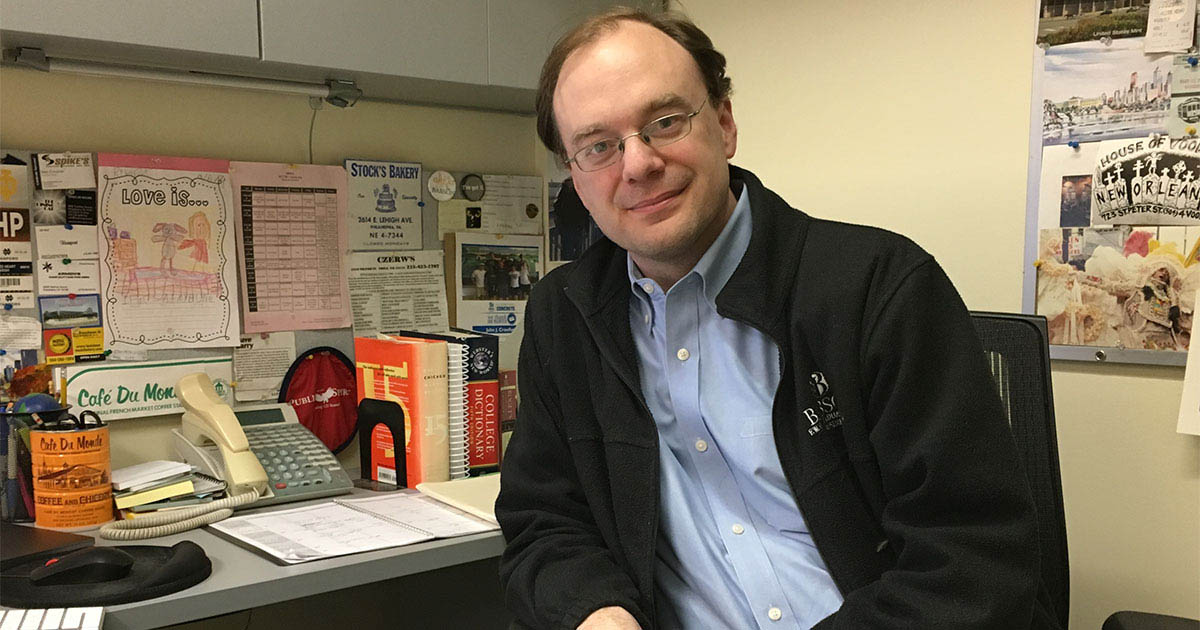3 Entrepreneurial Actions to Jumpstart Growth
Big companies grow more slowly than successful startups. Yet, they have far more capital, people, and technology than their younger rivals. Some big companies have overcome the dysfunction that results from their superior resource endowments and adapted the traits that spur startups’ faster growth. What should your company do about it?
Let’s look at an example that illustrates some of the underlying causes and challenges around jumpstarting growth in big firms.
The Case of Big Blue
IBM needs to get its startupness back. Big Blue is a $105 billion (2012 revenue) company but its revenues are shrinking at a 3 percent rate while demand for its products and services—as measured by corporate IT budgets—are rising at 4.1 percent in 2013 to $3.8 trillion.
The reasons why IBM is shrinking in a growing market are complex. One is that IBM focuses on maintaining bragging rights to its 20-year streak as the world’s leading corporate producer of patents—that IBM’s Mike Fay said generate $1 billion in annual licensing fees—rather than turning those ideas into products that gain market share.
And, that’s due to IBM’s lost talent, including Shmuel Kliger—he earned a PhD in computer science from Israel’s Weizmann Institute—who was employed at IBM’s T.J. Watson Research Center when his IBM boss, Shaula Alexander-Yemini, persuaded Kliger to bolt and start a company. In 2005, EMC paid $260 million for System Management Arts (SMARTS), the “$70 million (2004 revenue) event automation and real-time network systems management software” they started in 1993.
IBM lost big talent in that process. Before launching SMARTS, Alexander-Yemini was the senior manager for Distributed Systems Software Technology at T.J. Watson, “where she received an IBM Outstanding Innovation Award for Optimistic Recovery for Fault Tolerant Distributed Systems.”
I interviewed Kriger and learned that he was fed up with IBM’s bureaucracy. He explained, “I did not have the patience to do all the maneuvering up and down all the layers of IBM’s management needed to turn a patent into a new product that IBM would sell.”
What can big companies like IBM do to grow faster than their upstart rivals?
1. Exploit and Explore
This approach is used by ambidextrous organizations, a term coined by Harvard Business School’s Michael Tushman in which the company’s core “exploit” business and its new “explore” business both report to the CEO. Their bonuses depend on the other’s success—for example, the manager of the “exploit” business only gets a bonus if the “explore” business also succeeds.
An example is Ciba-Geigy’s crop protection division, a part of Novartis since 1966 when it merged with Sandoz. Ciba-Geigy’s managers in Basel, Switzerland, were able to exploit its chemical plant protection business—its products include plant pesticides—by cutting costs while simultaneously exploring in its North Carolina R&D lab, thus, yielding a bioengineered plant that was insect-resistant.
Cleverly, both outcomes helped to realize Ciba-Geigy’s “aspiration” of keeping plants healthy, whether through chemicals or biotechnology. Thanks to this clearly understandable “overarching aspiration,” the head of its agribusiness, Wolfgang Samo, was able to engage people in both activities in a way that they could easily understand and use as the basis for action.
2. Fight Fires by Design
Procter & Gamble sends the top executives of a foundering product line to a P&G-run design thinking consultant. Design thinking starts by observing customers performing activities and ends with a new product that meets their needs based on iterative prototyping.
Core business units that are not meeting their financial targets will be open to learning design thinking since they are so eager for new ideas that can put out the fire threatening to incinerate their careers.
One example is P&G’s Olay brand, whose team believed the product needed new packaging because consumers had so many skin care choices that they struggled to decide which one best met their specific needs. By using the design methodology, the Olay group reframed the solution and ultimately introduced
Olay for You, a website that helped consumers choose the specific product that fit their needs before arriving at the retail shelf.
3. Build a Culture of Frugal Experimentation
Scott Cook, executive chairman of Intuit, the personal finance software provider, created mechanisms and a methodology to make innovation part of everyone’s job. For example, Intuit created an “idea collaboration portal,” that allows employees to come up with new ideas, post them, get feedback from others at Intuit, revise the ideas, and get staffing—all without intervention from managers.
In this way, Intuit developed a debit card for people without bank accounts. An Intuit finance employee—not a “product person”—noticed that the people who need tax refund checks the most are often ones who don’t even have bank accounts. She came up with the idea of giving those people debit cards, and having Intuit accept the tax refunds in its accounts and transfer the funds to the debit card. She expected 100 takers but got 1,000. And, the surprise was that one-half of those who wanted the debit card already had bank accounts.
A big company trying to grow faster than its upstart rivals should pick one of these three approaches. You should bank on the one that’s the best fit for your culture, and that allows you to tap current resources with minimal new investment.
Posted in Insights





